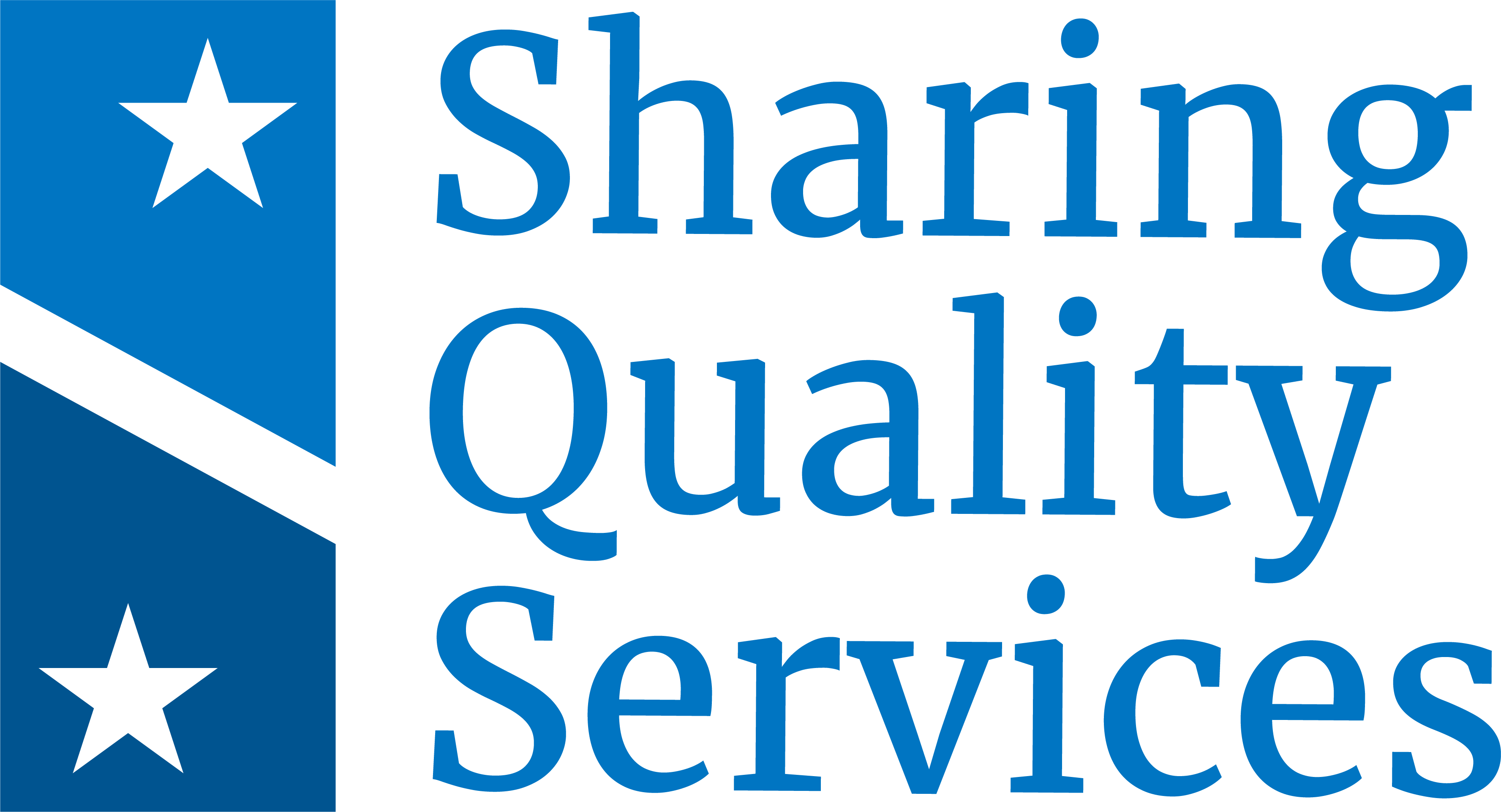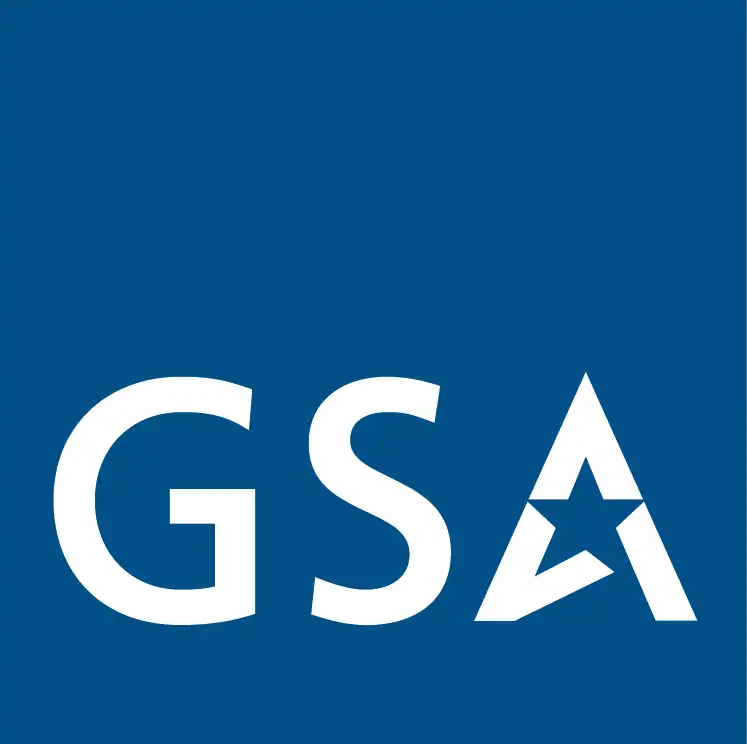4.16 : Assess Readiness for Go-Live
Objective
Monitor program performance and measure against Go-Live criteria to assess the program’s readiness for Go-Live.
View Lessons LearnedRecommended Best Practices
-
Shared
Finalize Go/No-Go Criteria to include readiness in program, systems, workforce, and operations
-
Shared
Identify deliverables/milestones required to demonstrate successful migration
-
Shared
Establish Contingency Plan for a No-Go decision or if solution needs to be rolled back
-
Shared
Execute Go/No-Go Assessment using criteria, review to assure a strong recommendation
-
Shared
Present Go/No-Go Assessment to agency / provider leadership, stakeholders, & finalize decision
-
Shared
Document Go/No-Go decision, including mitigation steps for risks or executing the Contingency Plan
4.16 Lessons Learned
- Define Go/No-Go Assessment Criteria upfront and define measurable criteria to make decisions
- Use the Contingency Plan to account for all decision scenarios resulting from the Go/No-Go assessment (e.g., No-Go Decision, Roll-Back Decision). For each scenario, this includes completed plans for required communications and activities, detailed analysis of impacted systems and interfaces, and defined roles and responsibilities for re-planning activities and managing legacy systems
Stakeholders
Recommended stakeholders, inputs, & outputs may vary by implementation; however, agencies that contributed to this Playbook reported these factors as increasing the likelihood of success.Customer
- Executive Sponsor
- Business Owner
- Business Standards Lead
- Program Manager
- PMO Lead
- PMO Team
- Functional Lead
- Technical Lead / Solution Architect
Provider
- Executive Sponsor
- Business Owner
- Business Standards Lead
- Program Manager
- PMO Lead
- PMO Team
- Functional Lead
- Technical Lead / Solution Architect
Inputs
- Go/No-Go Assessment Criteria
- Status Reports/Dashboards
- Integrated Master Schedule (IMS)
- Program Management Plan
- Risks/Actions/Issues/Decisions Log
Outputs
- Contingency Plan
- Go/No-Go Readiness Criteria
- Go/No-Go Assessment Report


